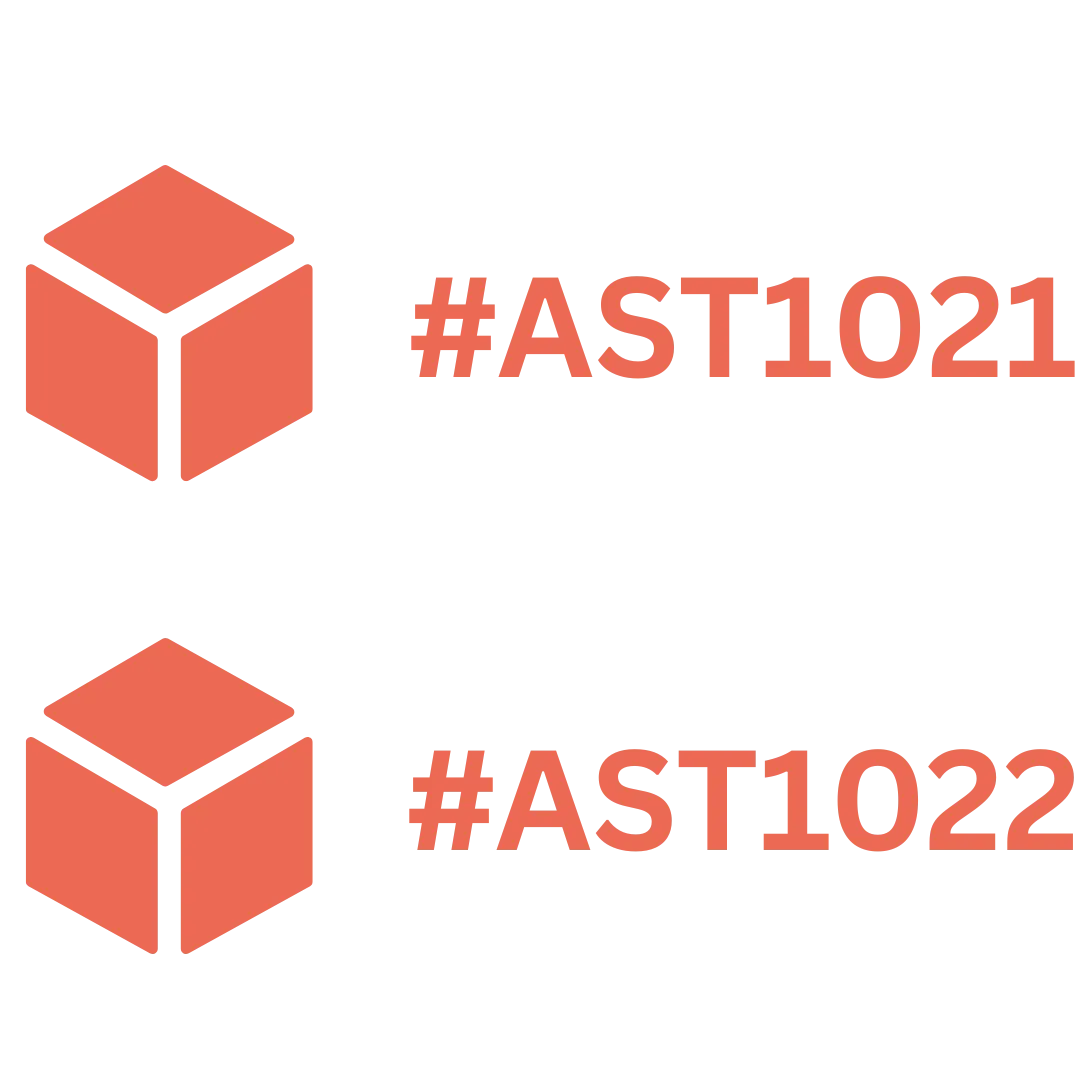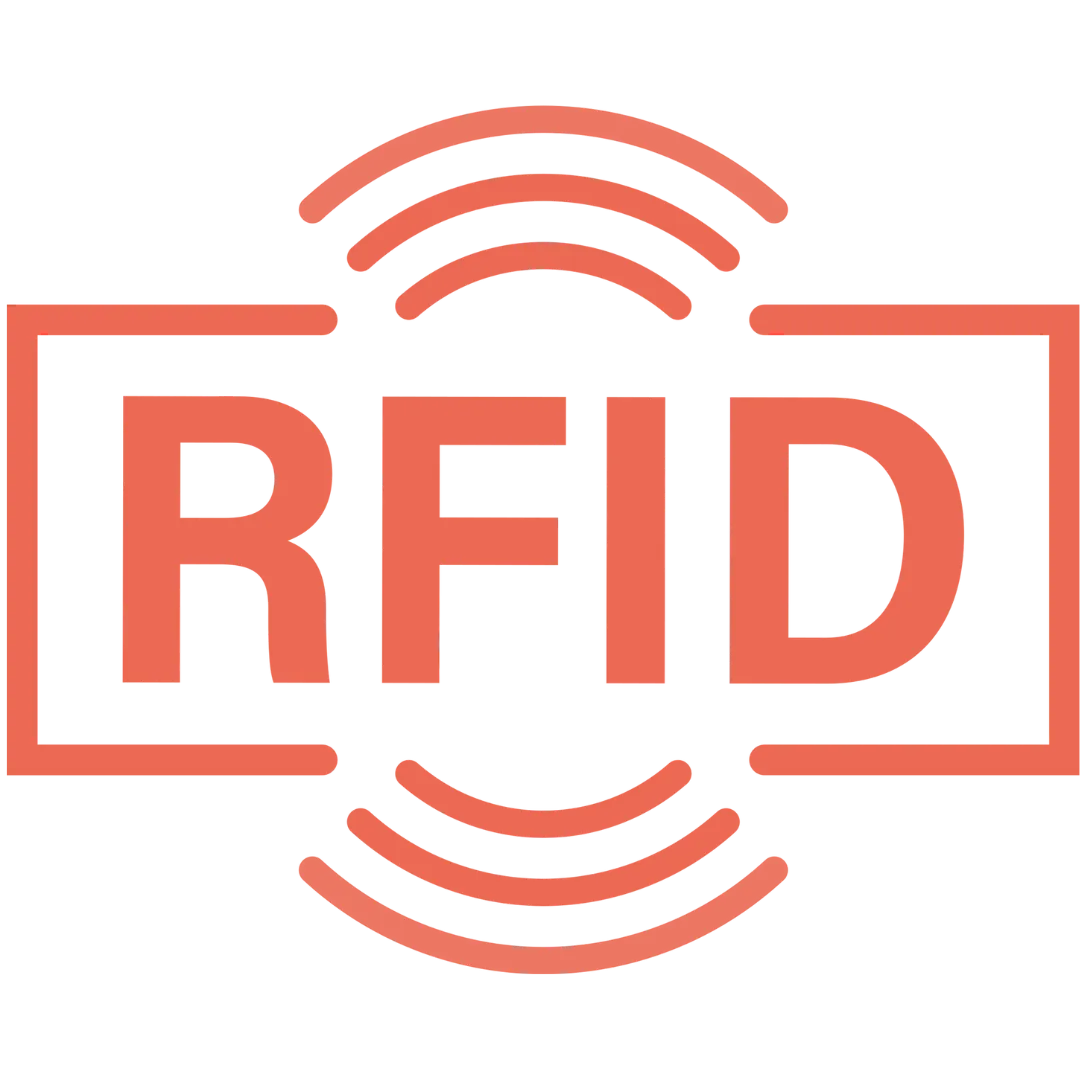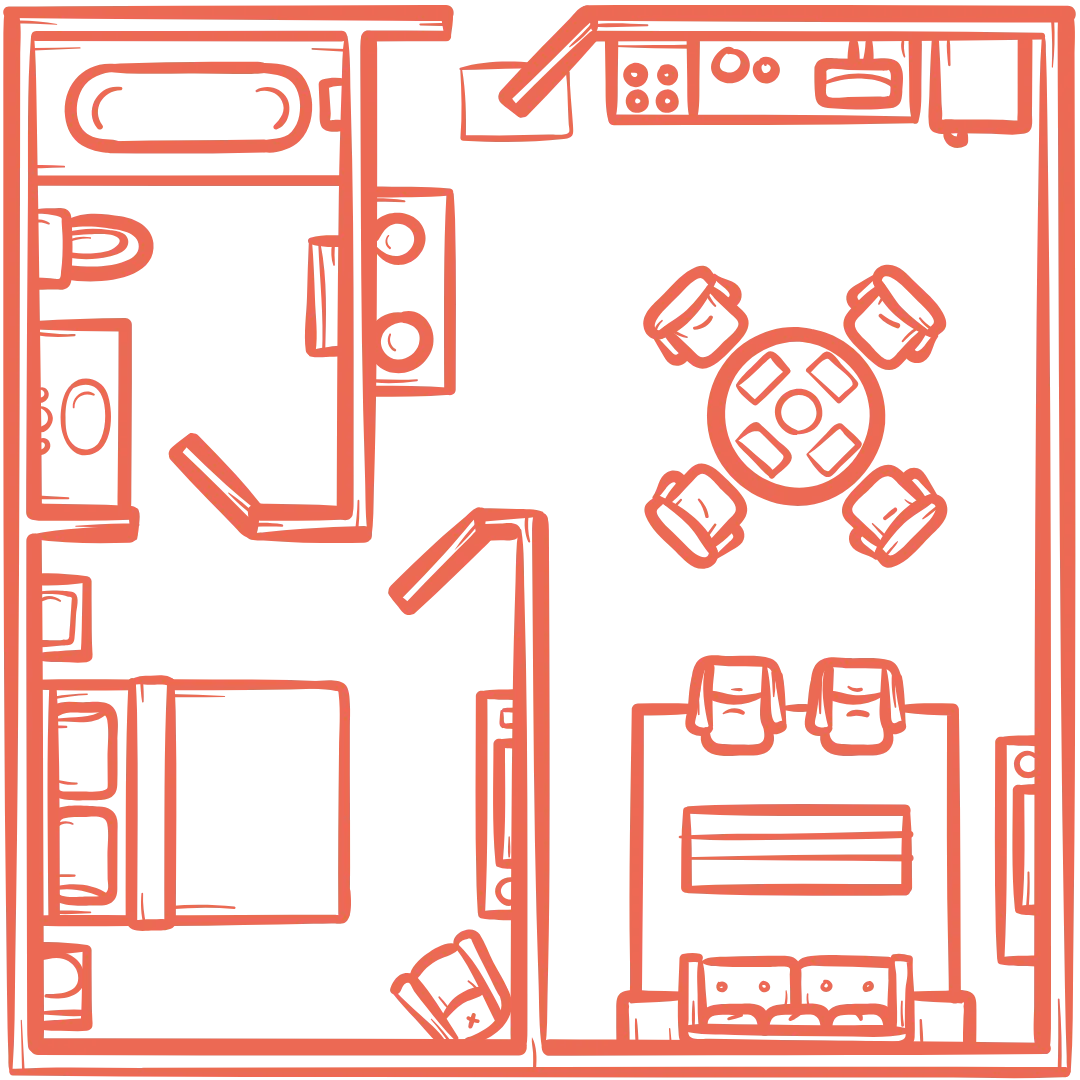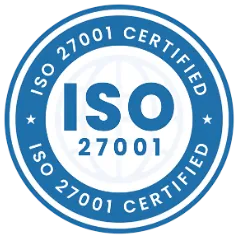Introduction to Asset Management in the Aviation Industry
Aviation asset management is a critical process in the aviation industry that involves overseeing and optimizing a wide range of assets, including aircraft, ground support equipment, airport facilities, and IT infrastructure. The aviation industry, known for its complexity and high stakes, demands a robust asset management strategy to ensure safety, compliance, and operational efficiency. Implementing advanced aircraft asset management software like Asset Infinity can significantly enhance the management of these assets, leading to optimized performance, reduced costs, and extended asset lifecycles.
Key Benefits of Aviation Asset Management
Implementing a comprehensive aviation asset management system offers several key benefits that are crucial for the smooth operation of airport operations and management:
- Enhanced Safety and Compliance: Safety is the top priority in the aviation industry. By using aircraft asset management software like Asset Infinity, aviation companies can ensure that all aviation assets are regularly inspected, maintained, and compliant with stringent aviation regulations. The Asset Reminders feature helps schedule timely maintenance checks, reducing the risk of accidents.
- Optimized Resource Allocation: Airport operations and management require the efficient use of resources, from aircraft and ground support equipment to IT systems and facilities. The Check-In/Out feature ensures that all assets are tracked in real-time, allowing for optimal resource allocation and reducing the likelihood of asset downtime or misplacement.
- Cost Efficiency through Depreciation Management: Aircraft and other aviation assets are subject to significant depreciation. Using Asset Infinity’s Depreciation Calculations feature, aviation companies can accurately track asset depreciation, making informed decisions about when to upgrade, replace, or dispose of assets. This not only ensures that assets are used effectively but also helps in budgeting and financial planning.
- Improved Decision-Making with Real-Time Data: Aircraft asset management software provides real-time data on asset utilization, condition, and location. This data-driven approach helps aviation companies make informed decisions regarding asset maintenance, acquisition, and disposal, leading to better operational outcomes.
- Streamlined Compliance and Audit Processes: Compliance with aviation regulations requires meticulous record-keeping and regular audits. Asset Infinity’s Audit & Physical Counting and Export/Import features simplify these processes, ensuring that all asset data is accurate and readily available for audits, thus supporting regulatory compliance.
Common Challenges in Managing Aviation Assets / Aircraft Assets
Managing aircraft assets and other aviation assets involves unique challenges that can impact the efficiency and safety of operations. These challenges can be effectively addressed using advanced aircraft asset management software:
- Complex Regulatory Environment: The aviation industry is heavily regulated, with stringent standards for safety, maintenance, and environmental compliance. Managing these regulations for a wide array of aviation assets requires detailed record-keeping and regular audits, which can be streamlined using software features like Audit & Physical Counting and Asset Information.
- High Maintenance and Operational Costs: Aircraft assets and ground support equipment require frequent maintenance, which can be costly and time-consuming. The Asset Reminders and Depreciation Calculations features ensure that maintenance is conducted on schedule, reducing the risk of costly emergency repairs and extending the lifespan of assets.
- Asset Depreciation and Lifecycle Management: As aviation assets depreciate, managing their lifecycle becomes critical for maintaining financial stability. Asset Infinity’s Depreciation Calculations feature helps track the value of assets over time, enabling aviation companies to plan for replacements or upgrades in a financially sound manner.
- Operational Downtime and Efficiency: Unplanned downtime due to equipment failure or maintenance can severely disrupt airport operations and management. Real-time tracking of assets through GPS Monitoring and RFID Fixed Readers ensures that assets are always available when needed, minimizing downtime and enhancing operational efficiency.
- Integration of Diverse Assets: Airports and airlines manage a diverse range of assets, including aircraft, vehicles, IT systems, and facilities. Integrating these assets into a unified management system can be challenging but is essential for streamlined operations. Asset Infinity’s Custom Fields and Workflows allow for the tailored management of different asset types, ensuring that all assets are managed cohesively.
Best Practices for Aviation Asset Management
Implementing best practices in aviation asset management using Asset Infinity’s features can significantly improve the efficiency, safety, and compliance of aviation operations:
- Comprehensive Asset Audits and Physical Counts: Regular audits are essential to ensure that all assets are accounted for and in optimal condition. Asset Infinity’s Audit & Physical Counting feature facilitates thorough audits, helping identify discrepancies and ensuring that asset records are accurate.
- Leveraging RFID and GPS for Asset Tracking: Use RFID Handhelds for accurate tracking of assets within airport facilities and GPS Monitoring for real-time tracking of mobile assets such as aircraft and ground support vehicles. These technologies reduce the risk of asset loss, theft, or misplacement.
- Efficient Asset Reservation and Requests: To streamline operations, aviation companies can utilize the Asset Reservation system to manage the allocation of assets in advance, ensuring that all resources are available when needed. The Asset Requests feature allows staff to request specific assets, such as specialized equipment or vehicles, ensuring operational needs are met promptly.
- Lifecycle and Depreciation Management: Effectively manage the entire lifecycle of aviation assets by using Depreciation Calculations to track asset value over time and the Asset Disposals feature to handle end-of-life assets. This approach ensures that assets are replaced or upgraded at the right time, avoiding unnecessary costs and maintaining operational efficiency.
Role of Asset Management Systems in Airport Operations and Management
Aircraft asset management software like Asset Infinity plays a crucial role in optimizing airport operations and management by providing a centralized platform for managing a wide range of assets:
- Integration of Diverse Asset Types: Airports manage a variety of assets, from aircraft and ground support equipment to IT infrastructure and facilities. Asset Infinity’s Custom Fields and Asset Coding Structure allow for the detailed management of these diverse assets, ensuring that all aspects of airport operations are covered.
- Real-Time Operational Efficiency: Features like Check-In/Out, GPS Monitoring, and RFID Fixed Readers enable real-time tracking and management of assets, ensuring that operations run smoothly and that resources are allocated efficiently across the airport.
- Compliance and Audit Support: Airports must comply with numerous regulations related to safety, security, and environmental impact. Asset Infinity’s Audit & Physical Counting and Export/Import features ensure that all asset records are accurate and up-to-date, supporting compliance and simplifying audits.
Trends and Upcoming Developments in Aviation Asset Management
The aviation industry is constantly evolving, and several trends and upcoming developments are shaping the future of aviation asset management:
- Increased Use of IoT and Smart Sensors: The integration of IoT devices and smart sensors into aircraft asset management software is revolutionizing how aviation assets are monitored and managed. These technologies provide real-time data on asset conditions, enabling predictive maintenance and reducing operational downtime.
- Automation and AI-Driven Decision Making: Automation and AI are increasingly being integrated into aviation asset management systems, allowing for more efficient data analysis, predictive maintenance, and automated decision-making. These advancements help aviation companies optimize their asset utilization and reduce costs.
- Sustainability and Environmental Impact: There is a growing focus on sustainability within the aviation industry, with an emphasis on reducing the environmental impact of aviation assets. Asset management systems are evolving to include features that track and report on the environmental performance of assets, helping companies meet regulatory requirements and achieve sustainability goals.
- Blockchain for Asset Management: Blockchain technology is being explored as a means to enhance the transparency, security, and efficiency of aviation asset management. By providing a tamper-proof record of asset transactions, blockchain can improve trust and compliance in the aviation industry.
- Advanced Analytics and Big Data: The use of big data and advanced analytics in aviation asset management is enabling more accurate forecasting, trend analysis, and decision-making. By analyzing vast amounts of data from various sources, aviation companies can gain deeper insights into asset performance and optimize their operations accordingly.
Conclusion: Asset Management in Airport Facility
In the aviation industry, effective aviation asset management is essential for maintaining safety, operational efficiency, and regulatory compliance. By leveraging the comprehensive features of Asset Infinity, aviation companies can optimize the use of their aircraft assets and other resources, reduce operational costs, and ensure that all assets are used efficiently. From real-time tracking and depreciation management to asset disposal and regulatory compliance, Asset Infinity provides the tools needed to manage aviation assets effectively.
Frequently Asked Questions (FAQs)
Why is aviation asset management important?
Aviation asset management is essential for ensuring that all assets, including aircraft, ground support equipment, and airport facilities, are used efficiently and maintained properly. Effective asset management enhances safety, reduces operational costs, ensures regulatory compliance, and improves overall operational efficiency.
How can aviation asset management improve airport operations?
Aviation asset management can significantly improve airport operations and management by optimizing the use of assets across various areas, such as aircraft maintenance, ground support, luggage handling, ticket desks, conveyor belts, hangars, and other vehicles. Features like GPS Monitoring and RFID Handhelds enable real-time tracking of assets, reducing downtime and ensuring that all resources are available when needed. Additionally, Asset Reservation and Check-In/Out systems streamline the allocation and management of assets, ensuring that airport operations run smoothly and efficiently.

















































.webp)
.webp)
.webp)
.webp)
.webp)
.webp)
.webp)
.webp)
.webp)

.svg)




.webp)
.webp)











































.png)




.webp)



















